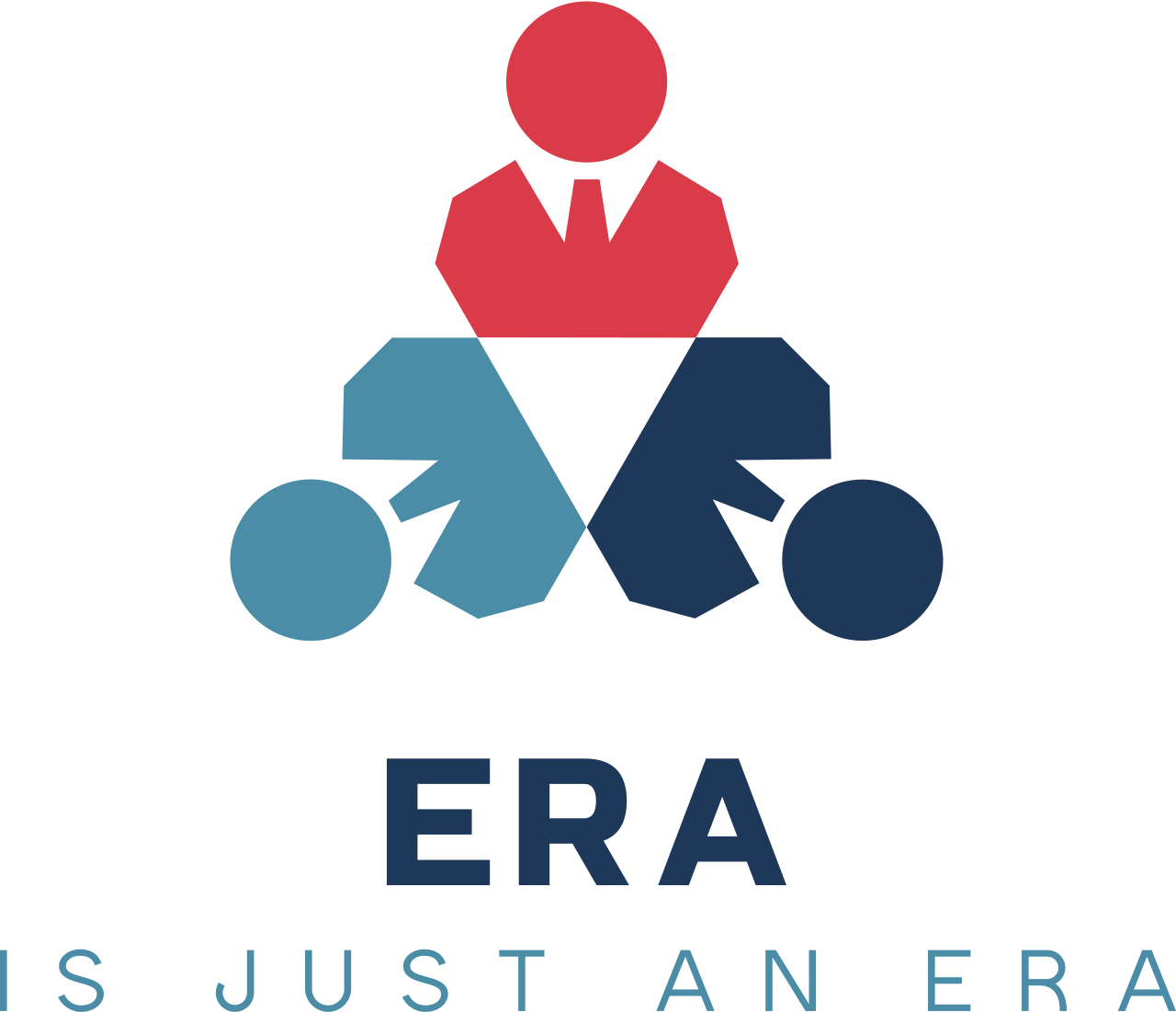Harnessing Next-Generation Predictive Analytics for Business Transform
How can predictive modeling be applied to forecast the long-term impacts of a recruitment freeze on the dynamics of the Australian public service workforce?
In today’s data-driven world, businesses are embracing advanced computational techniques to reshape how they understand market dynamics, workforce needs, and cybersecurity risks. Cutting-edge innovations, including IoT integration, neural networks, and sophisticated statistical models, are breaking new ground in forecasting and decision-making processes across multiple domains.One emerging trend is the deployment of neural network models—specifically those based on radial basis functions—to accurately predict human resource demands. By leveraging IoT technology to gather real-time sales and staffing data, these models surpass traditional linear regression methods. They excel at deciphering complex, nonlinear relationships in business data, leading to more precise and reliable forecasts. This breakthrough not only gives companies a clearer picture of workforce requirements but also demonstrates a robust approach for planning future resource allocations.Another area witnessing significant innovation involves the application of structural equation modeling (SEM), particularly the partial least squares variant. This methodology caters well to exploratory research and handles intricate models with multiple latent variables. Its resilience to distributional constraints and smaller sample sizes means that researchers can uncover critical insights without requiring vast datasets. This approach provides a granular understanding of the dynamics between factors influencing business performance, further empowering organizations to refine their strategies with data-driven evidence.The landscape of human resource management is also undergoing a dramatic shift with the integration of artificial intelligence. AI tools are invigorating traditional practices—from optimizing recruitment channels using automated resume parsing and facial recognition in interviews, to enhancing onboarding with personalized learning and virtual reality simulations. These advancements are paving the way for smarter performance management through real-time analytics and sentiment analysis, ultimately driving employee engagement and retention. As organizations continue to integrate these tools, they are better equipped to foster an innovative work culture that adapts to evolving employee expectations.Additionally, the development of predictive models for wireless network security risk showcases the correlation between rigorous experimental evaluations and practical outcomes. By comparing diverse algorithms, researchers have highlighted the superior accuracy and computational efficiency of modern neural networks in anticipating security threats under varying conditions. This level of precision is critical for bolstering the resilience of communication infrastructures in today’s interconnected digital landscape.Overall, the fusion of IoT, AI, and advanced statistical methodologies is setting a new standard for predictive analytics. These innovative solutions are not just enhancing accuracy but are fundamentally transforming how organizations approach HR, remote work, and cybersecurity challenges—ushering in a future defined by smart, adaptive decision-making.
